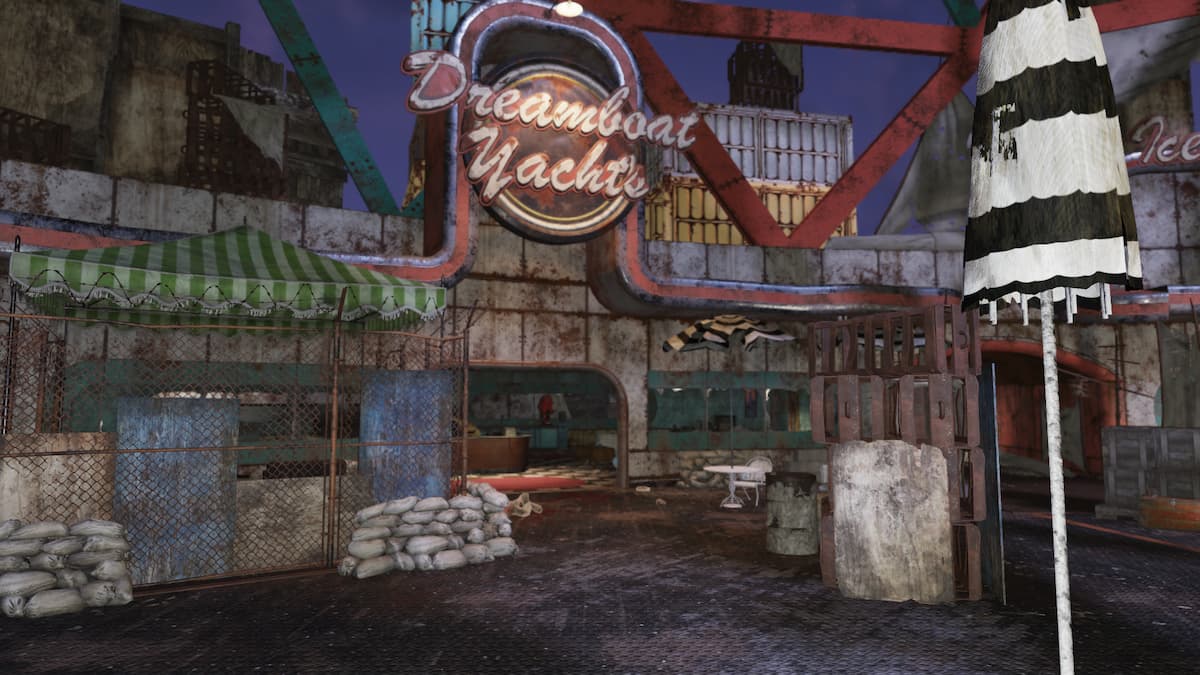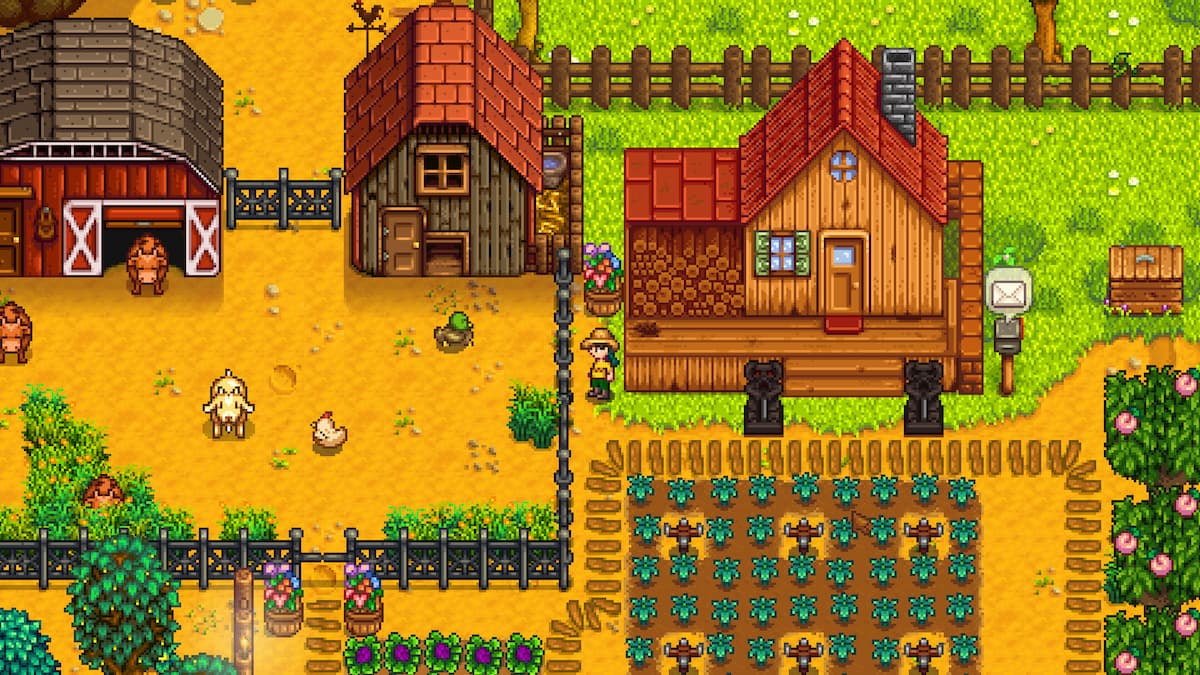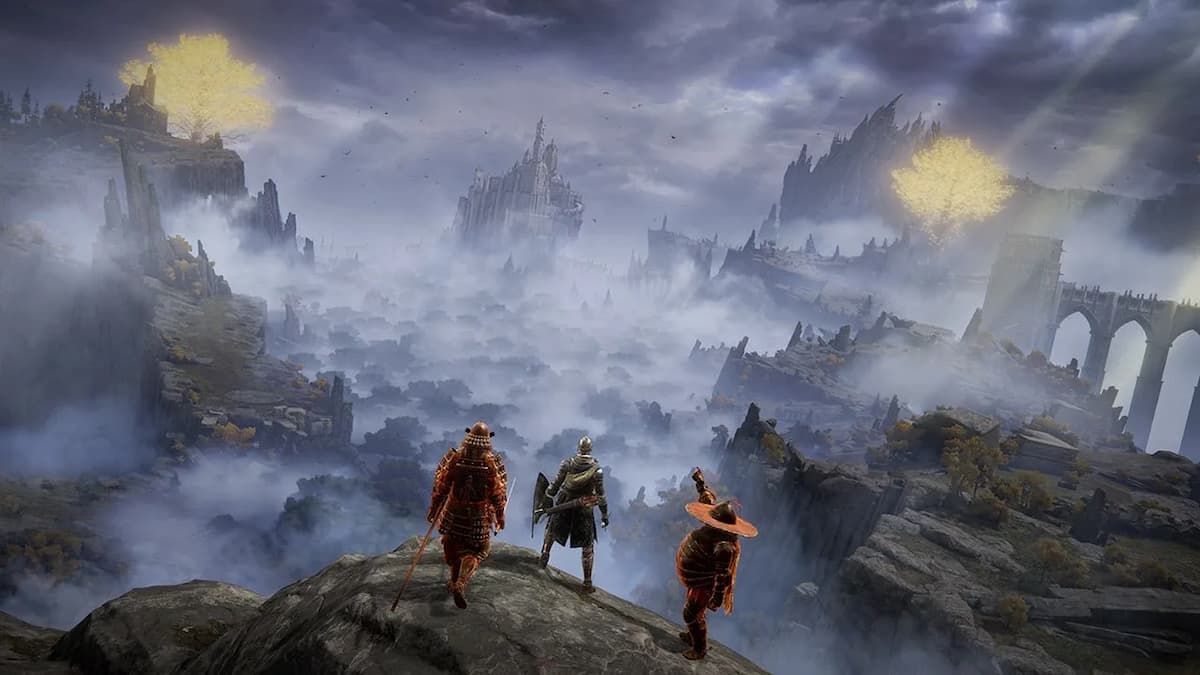I haven’t been the only one to say that the horror genre could be improved. While we have games like Silent Hills and The Evil Within coming to grace our consoles with frightening delight, I still don’t believe horror games have reached their full potential.

The creative team over at Flying Mollusk have found an interesting way of reaching the next level of horror with their upcoming game Nevermind.
Pushing Beyond With Biofeedback
What is Biofeedback? It is the monitoring of biological reactions to stimuli, including stress and fears, with the use of external equipment like heart monitors. These monitors keep track of every raise in heartbeat during any given situation, so if your pulse quickens for any reason, it knows it.
While this is helpful for those who like to keep fit, where does that fit into video games?
We can use it to enhance how we play certain games and, in a sense, the world evolves to this reaction to the stimuli it pumps out. The best example is found with Nevermind.
Subconscious Horror
Nevermind puts you in the role of a therapist, one who specializes in helping anxiety and trauma patients. These patients have had no luck with conventional treatment so have turned to you and your special expertise. You have technology that allows you to enter the individual’s mind and help sort out the trauma at its mental roots. This brings a whole new meaning to “picking someone’s brain”.

These patients could have psychological breakdowns caused by a traumatic experience they can’t remember, and you going in and piecing the puzzle together could help them come to terms and begin to recover. You do this by solving Myst style puzzles and solve riddles to slowly repair their memory.
However it’s never that easy.
Since you are in someone’s mind, where imagination and logic collide, anything could happen. With someone’s anxiety, they can imagine things being much worse than they are. Statues moving their eyes with you, doors with blood smeared on them with eerie messages, and twisting hallways are just some of the twisted imagery you can find. While in the process of trying to restore one’s mind, you could very well lose your own in the process.
And this is where we see biofeedback play a crucial role.
Creating Fear From Fear
Flying Mollusk’s idea is to incorporate the biofeedback technology, in the form of heart rate bands and now Intel’s RealSense cameras, and have it read your anxiety level when something frightening is on the screen. If you jump at something screaming at you out of no where, the game reads your heart rate and amplifies the scare factor.
This really twists things up, as the game is already designed to be surreal and frightening all on its own, add in a second level of hysteria inducing fear to it and players will really begin to wonder if they have lost their mind.
This also serves as a way to learn to keep calm in stressful situations. If you don’t lose yourself when a body bag moves suddenly beside you or when you turn around and something is standing directly behind you, then the world stays on a normal level. This also can translate to learning how to deal with stress in reality.
You can choose to play with the heart monitor off and have fun with the game, I believe opting into using biofeedback methods give you the best bet to plunge the depths of this game.
Therapeutic Possibilities
The creative director on Nevermind, Erin Reynolds, has mentioned on her Kickstarter page that biofeedback in the game could “serve as a full-fledged therapeutic tool for those who struggle with challenges”. The ability to learn to calm yourself isn’t the only thing Reynolds hopes to get out of this developement process.
As a prime example of our passion to create “games that give back”, one of our long-term goals is to craft a health-centric version of Nevermind specifically targeted to help actual patients develop tools to manage and ultimately overcome their conditions. Funding from this Kickstarter Campaign will help support these efforts. – Erin Reynold Nevermind
I love seeing games/game developers help those who are struggling in the real world. I will be doing an article soon about Games Improving Gamers soon, and this will be on the list of research subjects.
The way I see it, gaming will only stop improving if we stop trying to improve. The team over at Flying Mollusk seems to realize that and is pushing to do more. I hope to see their efforts succeed as I want to really try out this game on my own.
Check out Nevermind‘s Kickstarter page and help them reach their goal of improving the horror gaming standard. It is set to already release for the PC but if they met their goals, they are looking to develop on the Mac, Occulus Rift, and the Xbox One.







